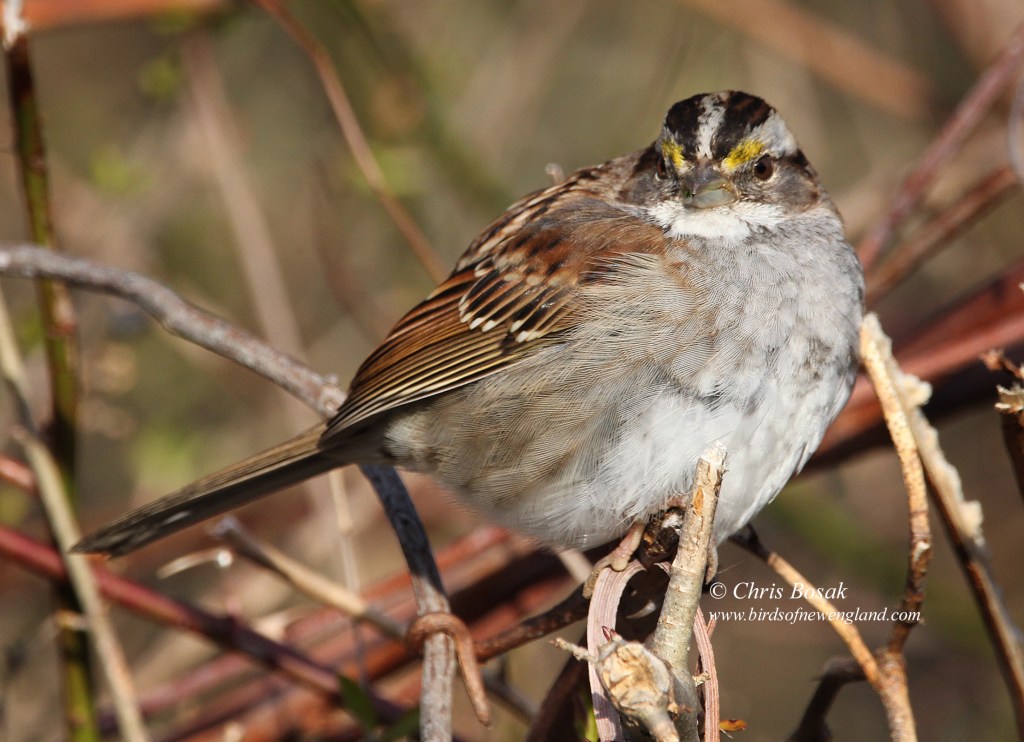
It won’t be long until white-throated sparrows become more scarce as they head north and become less conspicuous for the breeding season. Until then, there are still photo opportunities like this …
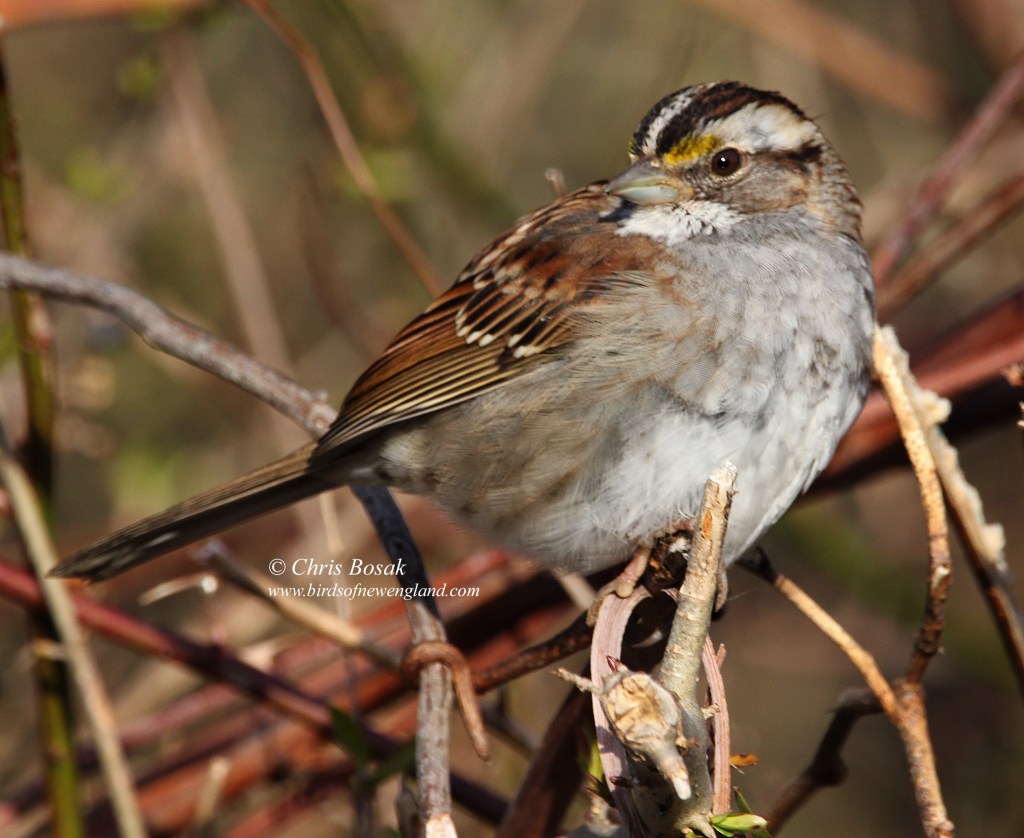
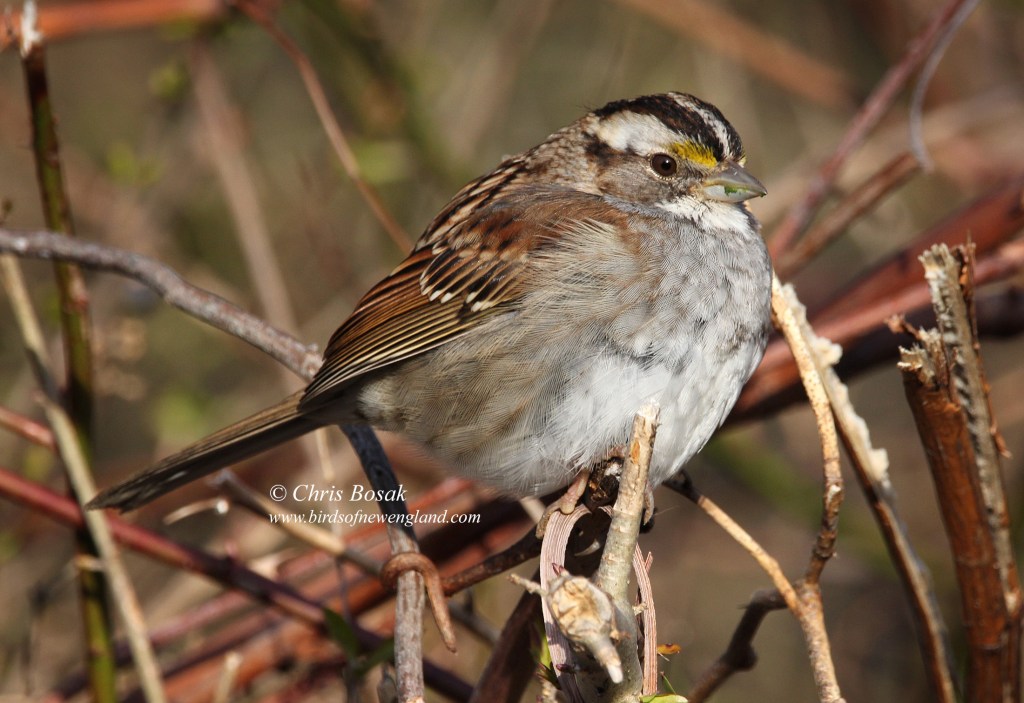


It won’t be long until white-throated sparrows become more scarce as they head north and become less conspicuous for the breeding season. Until then, there are still photo opportunities like this …



A few years ago I purchased a few bunches of coneflower late in the season and they made for a perfect setting for bird photos on my deck in the fall. This year, the salvia I purchased early this spring has grown enough to make a nice setting for birds eating seeds off the deck railing. The hummingbirds like the salvia too! Click here for one of those coneflower photos. Click here for some hummingbird drinking from salvia shots.
I’ll post a few more salvia shots tomorrow.

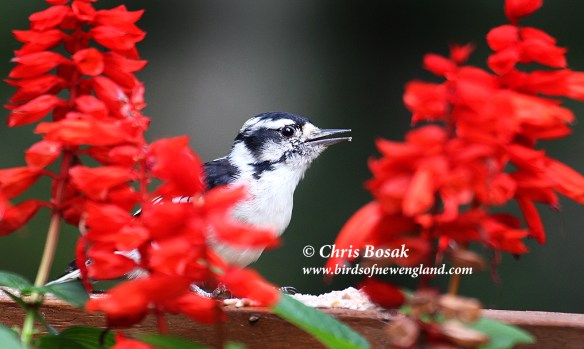
Here’s a random happy bird photo to kick off your Labor Day Weekend. It’s a female downy woodpecker between salvia stalks. Salvia is an annual that is good for attracting hummingbirds with their red, tubular flowers. Have a great long weekend!

Happy Friday everyone. Here’s a random photo just because.
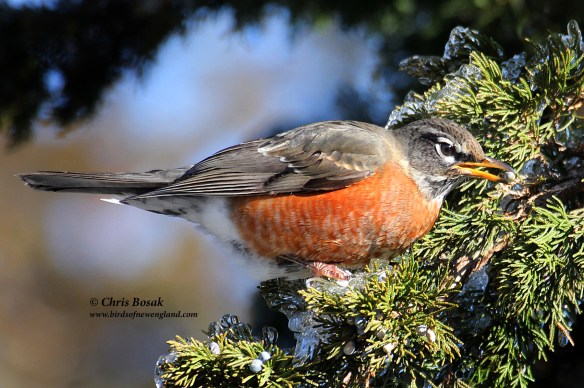
Any photographer, regardless of subject interest or specialty, will tell you about the importance of always having your camera handy because you never know when those special moments will happen. I rarely follow that advice, truth be told, even though I’ve preached that advice many times. I did, however, happen to have my camera handy at work the other day when a flock of robins gathered in a cedar tree to pick at the small, blue berries. Maybe this will be the impetus for me to have my camera at the ready more often. Time will tell.


I’m sure there’s a funny caption to be had for this photo, but I can’t think of it right now. I caught this guy red-handed and looking guilty as anything as he ate the remnants of a pumpkin left over from Halloween. Feel free to send me your caption …

You didn’t think I’d stop at just a couple kinglet photos, did you? Continue reading

Here are two more shots of the nuthatch taken with the borrowed Continue reading